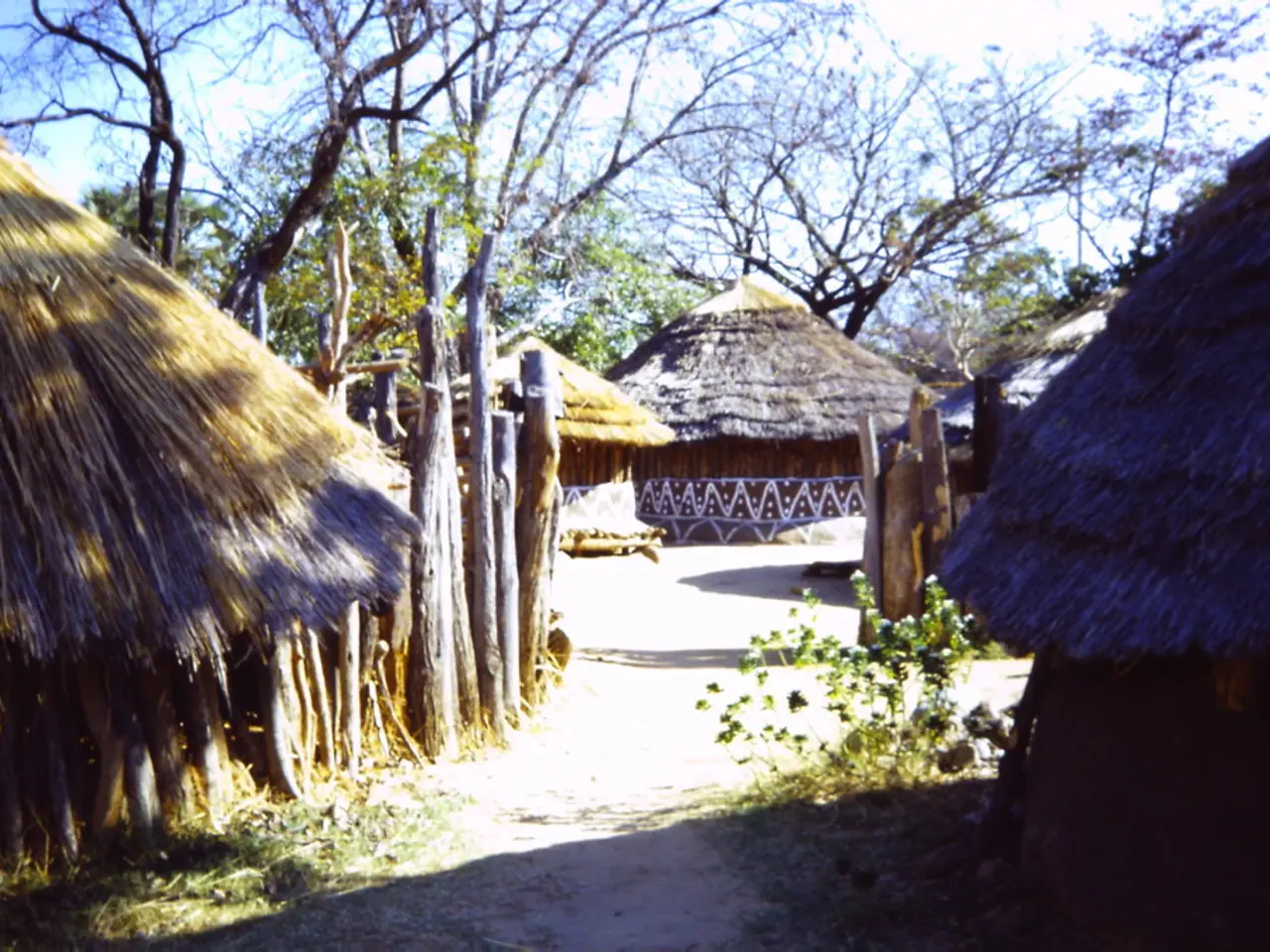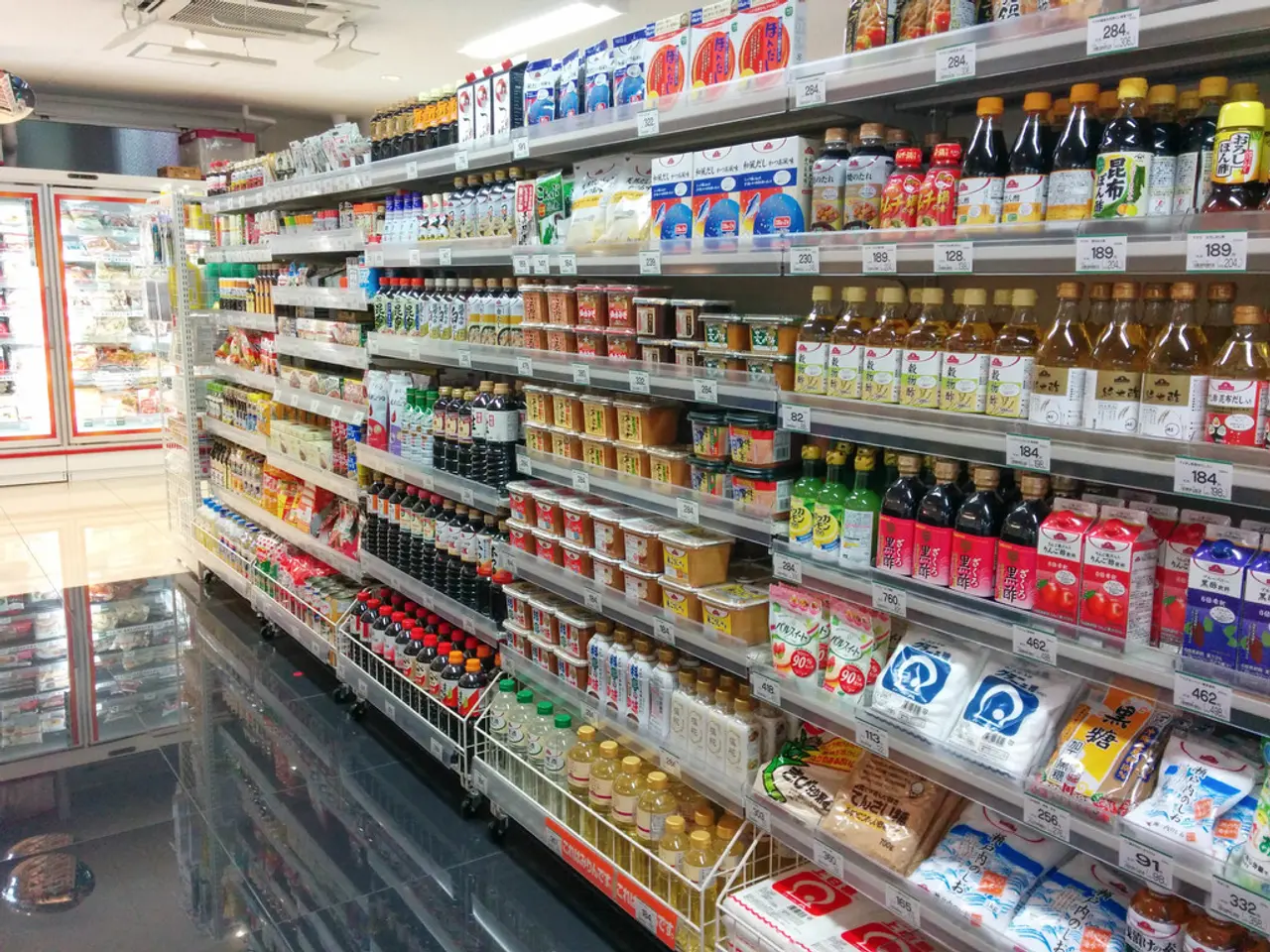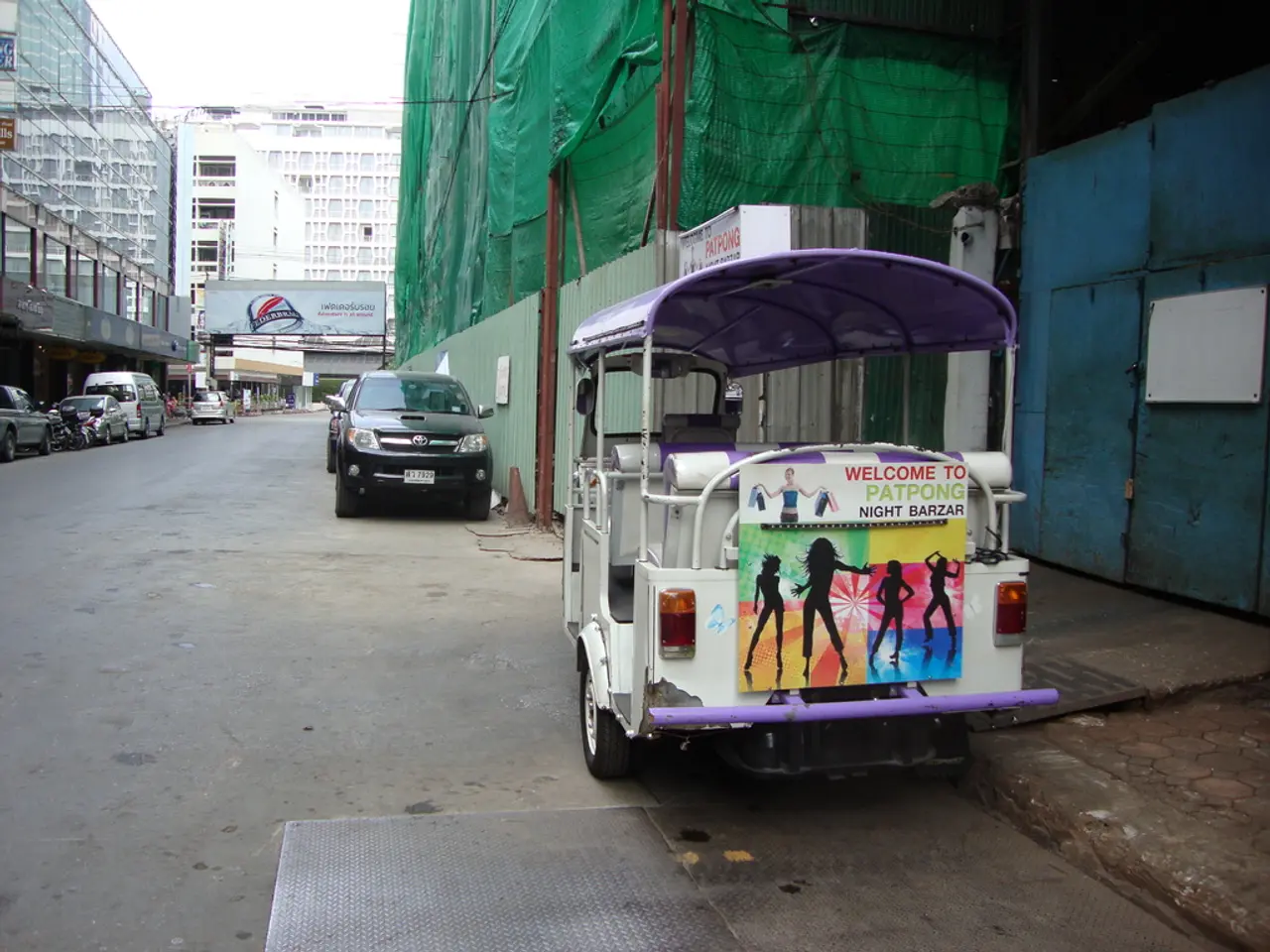Anticipation Grows for Further Torrential Downpours in Korea until Saturday
South Korea is currently grappling with an unprecedented bout of heavy summer rains, leading to severe flooding and related hazards in various regions across the country. The Korean Meteorological Administration (KMA) predicts that the rainfall will continue through Saturday, with some areas experiencing up to 300 millimeters of additional precipitation.
The rainfall pattern in South Korea has been unstable, characterized by calm periods followed by abrupt surges. This erratic behavior has increased the danger, particularly in areas with steep terrain or inadequate infrastructure. The most severe rainfall is forecasted to hit southern Gyeonggi Province, central inland areas, and parts of the southern coast.
Accumulated precipitation in parts of South Chungcheong Province has reached extremely high levels, with Seosan recording 419.5 millimeters, Hongseong 411 millimeters, Dangjin 376.5 millimeters, and Asan 349.5 millimeters. Coastal counties like Taean have also received over 300 millimeters of rainfall in one day.
Southern parts of the country remain on high alert, especially in South Chungcheong Province. Regions such as Seoul, Incheon, Gyeonggi Province, Gangwon, and southern provinces are also impacted, with ongoing flood warnings. The Seoul metropolitan area has seen closures of streams, riverside parking areas, and partial suspension of train services due to flooding. Gwangju city has suffered significant damage and about 900 damage reports so far.
Safety precautions in response to this flooding disaster include the government elevating the severe weather alert to Stage 3, its highest response level. Over 5,600 people have been evacuated from their homes in vulnerable areas, with a total evacuee count exceeding 1,000 in some provinces. Temporary closures of schools in South Chungcheong Province (Yesan and Hongseong) to safeguard students have also been implemented. Restrictions on access to about 80 underpasses, riverside roads, and low-level bridges for public safety have been enforced. Emergency responses to incidents such as collapsed retaining walls and flooded underpasses are ongoing.
The air quality is expected to remain good nationwide, according to the Ministry of Environment. However, the public is likely advised to avoid travel in heavily flooded areas, monitor weather updates, and follow evacuation orders as conditions evolve. The KMA continues to issue region-specific updates and strongly advises the public to monitor local alerts and stay indoors when possible.
Mountainous regions in Gangwon Province and Jeju Island may also experience prolonged heavy rain. Localized totals in these areas could exceed 180 millimeters by the weekend. In the greater Seoul area, up to 120 millimeters of rain is likely. The next 48 hours are critical as rainfall totals continue to rise, and the ground is unable to absorb more.
The KMA is advising residents to avoid underground roads, streams, and flood-prone zones, especially during early morning and overnight hours. Those living near vulnerable slopes or riversides are being asked to prepare evacuation plans in case conditions worsen. Authorities are concerned about the possibility of sudden, high-intensity downpours reaching up to 80 millimeters per hour.
These extensive safety measures reflect the seriousness of the flooding situation, emphasizing the need for vigilance and preparedness throughout the affected regions in South Korea. The KMA continues to monitor river levels and issue real-time alerts to keep the public informed.
Weather-forecasting by the Korean Meteorological Administration (KMA) predicts that the heavy rainfall in South Korea will continue through Saturday, with some areas experiencing up to 300 millimeters of additional precipitation, posing a risk of further flooding. As a precaution, residents are advised to stay indoors when possible and avoid underground roads, streams, and flood-prone zones, especially during early morning and overnight hours.
The unstable weather pattern in South Korea has led to dangerous conditions in mountainous regions such as Gangwon Province and Jeju Island, where localized totals could exceed 180 millimeters by the weekend. In response to this flooding disaster, the KMA has elevated the severe weather alert to Stage 3 and is issuing region-specific updates, urging the public to monitor local alerts and prepare evacuation plans if necessary.








